Tyrol and its Schwabenkinder
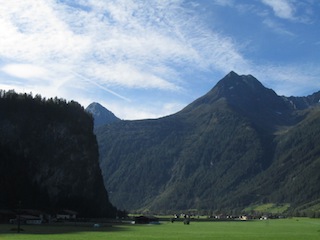
Before the western Austrian region of Tyrol became what it is today – essentially an alpine fairy tale world of skiing resorts, happy cows and prosperous farmers – it was the poorest area in Europe.
So poor, in fact, that the desperate locals could not even feed their own kids and had to “sell” them for the summer as harvest helpers in the richer flat lands of southern Germany.
Literally thousands of Swabian children (Schwabenkinder) set out every spring on a dangerous journey across the Alps during which up to a third of them perished.
Only the luckiest ones received a decent treatment from their hosts, returning home perhaps with some sort of payment in the form of a new dress or a second pair of shoes.
The story of Tyrol and its Schwabenkinder (Swabian children) is not some medieval horror story. The annual trek of the Swabian children reached its apogee in the 19th century, at the very edge of “living memory”, and continued well into the 1920s.
There are old folks still around today who, in their childhood, have spoken to people who had walked this trail themselves, and many more who descended from these survivors and harbour some grim family memories.
When the tide turned, life in western Austria changed quickly.
Tourism seized Tyrol like a gold rush, and within one generation, Sölden, the “capital” of the Oetztal area, had become the wealthiest municipality in Austria.
Most people in the area nevertheless refused to get carried away, preferring to invest their new-found wealth in new agricultural machinery rather than anything more flippant.
As a result, Soelden, even after decades of an apparently never-ending boom, has managed to preserve a good deal of alpine authenticity.
Hiking in Tyrol
In recent years, tourism for the Oetztal has mainly meant one thing: skiing. Contrary to what you might believe, however, this has not always been the case.
“Until the 1970s, our business was better in summer than in winter”, explains Dominik Linser, PR and Wellness Manager of Sölden’s Hotel Bergland, “but then that changed, not least that we started to neglect the hikers.”
This is easy for Mr. Linser to admit because it’s so clearly not his fault – he is far too young to remember the 1970s from any other than a toddler’s perspective.
But he has, together with many other tourism managers in the area, discovered hiking as the perfect complement to the winter’s skiing business.
With the change in global climate and the extension of the hiking season until late September and possibly beyond, hiking is making a strong comeback.
Hotel Bergland employs several mountain guides ready to take their guests on tours which range from the family promenade to challenging climbs that require the use of snap hook and ropes.
The Oetztal area also has much to offer to the hiker who prefers to set out on his (or her) own: the region features more than 200 mountains with heights of at least 3000 meters, a handful of them with cable cars that take visitors all the way to the summit.
Most of the trails, however, run considerably further down, often straddling the tree line and providing magnificent views over valleys, freely roaming cattle herds and snow-topped mountain peaks.
While Mrs. Easy Hiker let herself be pampered by the wellness people at Hotel Bergland, I seized the opportunity and explored the area a little.
Easy Hiking in Soelden
The Gaislachkogl is Sölden’s local mountain, and the cable car station is only a short walk away from Soelden town centre.
The cable cars take you to the Mittelstation at a level of app. 2000 metres where you can change into another car to go all the way up to the peak. Have a look around there before returning to the Mittelstation.
Once out of the cable car from the Mittelstation, turn right in the direction of Rettenbachalm, and after app. 500 metres on the asphalted road, you will see a sign that shows you the way on to a narrow hiking trail.
Continue all the way to Haimbachalm where buses are ready to take you down to the village. (For the time being, at least, because a modern cable car system is still under construction.)
Unfortunately, there was no time for me to do the entire trail, so I could only sample it. The entire trail, I would guess, is about 6 km long – but don’t forget that 6 km in the Alps will take you longer to complete than on almost any other terrain.
Nevertheless, I saw enough to discover that this is the best way to experience the Alps: slightly out of breath half way up a slope, between cows at the edge of the tree line.
People who only see the Alps from a skiing piste or a cable car don’t know what they are missing.

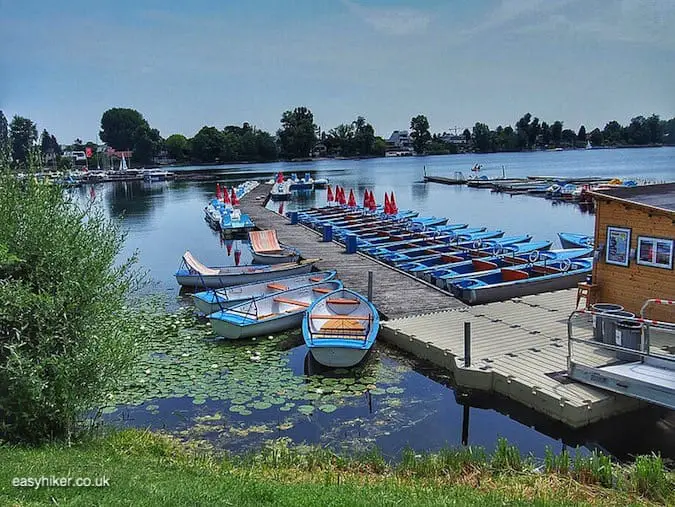
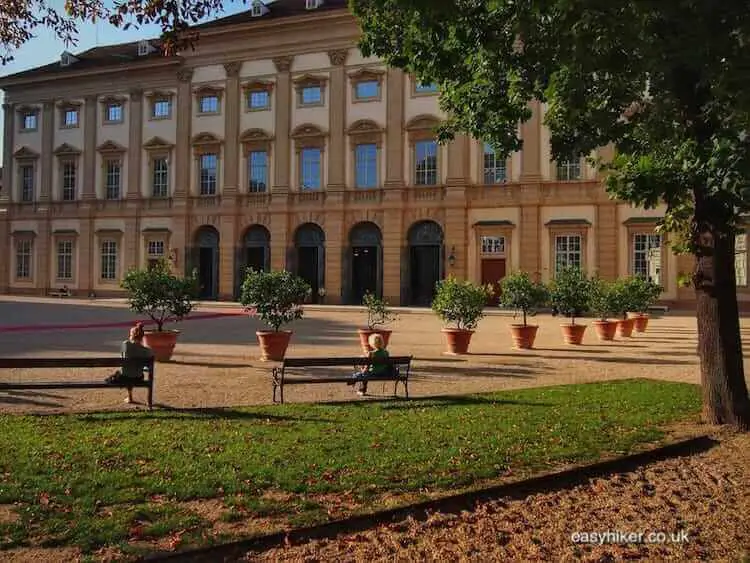
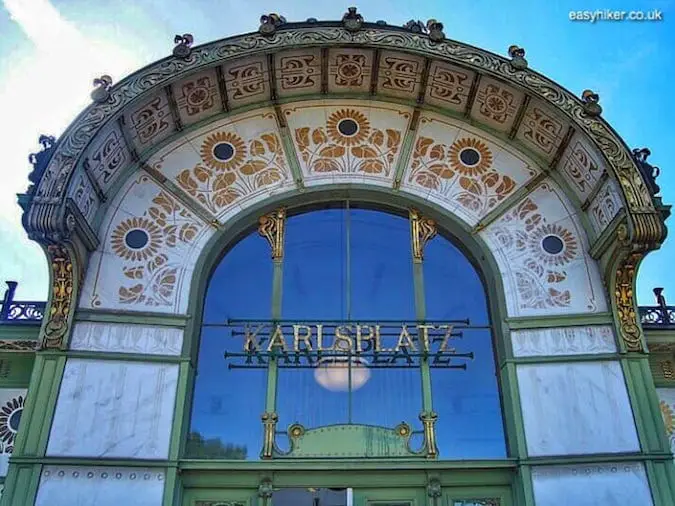

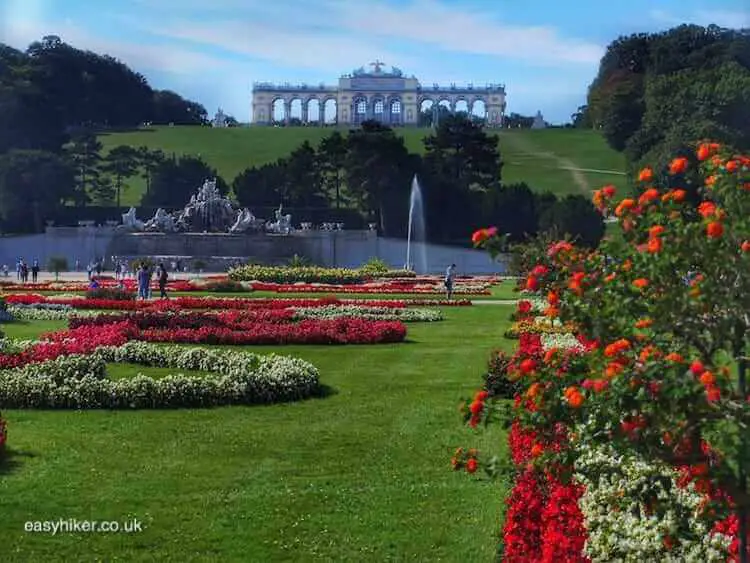
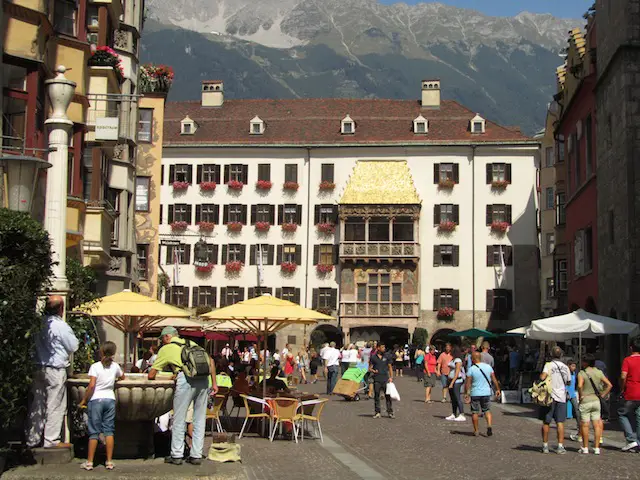
Hi Ashley, the bulk of information was given to us by the press officer of Hotel Bergland during our visit there two years ago. The rest, I looked up from various sources. Good luck with your research paper and thanks for dropping by.
I am wondering where you got your historical information, I am currently writing a research paper and would like to get as many sources as I can fro Schwabenkinder
Thanks for dropping by, Scott. I have always been interested to know a bit of history of the places I visit myself, so I thought it a good idea to share it with my readers. Happy reading!
Ran across this on twitter today, and sent the link home to finish reading. I see its a little old, but its a great read. We just returned from Austria a few weeks ago and hiked in the Hallstatt area for a few days, longest was 14km to Bad Ausee, from Obertraun. Beautiful area. Any way, now that I’ve found your blog/website, I look forward to reading some of the other stories, that you’ve published. It’s always more interesting to learn about some of the history along the way. Thanks
Check this out a post on Austrian Influence in Italy http://wp.me/pR7TH-42
I found your post thought provoking, thank you!
Hah, is that a fact? Thanks for sharing, Melody.
Regarding those Austrian cows — those are rare hillside cows — they are specially bred so that their uphill legs are shorter than their downhill legs. It helps on those Alpine hills ;)
Hey Raf, thanks for dropping by. I’ve heard of this story long ago but was reminded of it when our guide and host in Soelden mentioned that it also happened in their village. Sad story, really.
I never heard about the Schwabenkinder, but I have no doubt that it is true. The poverty in the region (Austria, but also Switzerland) made a lot of people leave their country to start a new life in other countries, like Brazil, where they founded cities like Nove Friburgo (freiburg), Campos do Jordão, Treze Tillias, Freiburgo and Blumenau…
Great post.
Raf
Great post, Michael! I didn’t know the history of the area and the hiking sounds great. Too bad that Mrs. Easy Hiker didn’t join you on your trek :)
What a wonderful place, the history of poverty though seems totally at odds with its beauty. I hope to see these slopes, with or without snow – both landscapes are awe-inspiring.
Wow, this is one of your best posts. I love the historical introduction. It reminds us that we are lucky to enjoy hiking instead of having to do it in order to merely survive.
Yes, very interesting and rather shocking too because it happened within living memory of many. It only stopped when compulsory schooling for children was made law around 1925.
Interesting bit of historical perspective there. Looks very hiking friendly too.
Judging from your photos, I believe that a hiking in the Tyrol region would be awesome. Beautiful!
Very interesting and surprising background about the children being sent on such a dangerous journey to work in Germany.